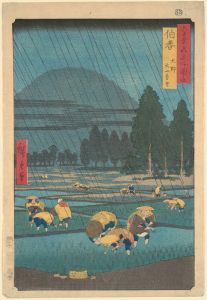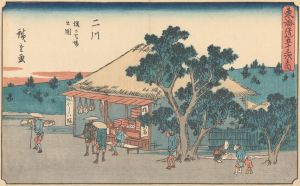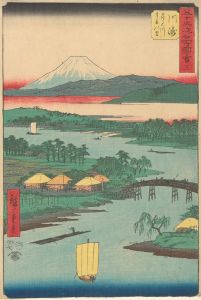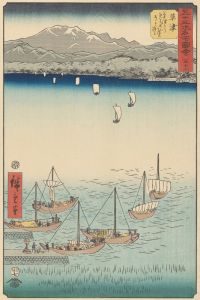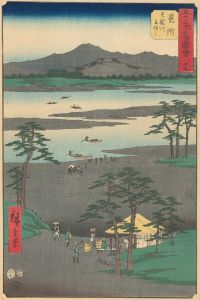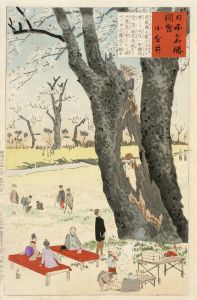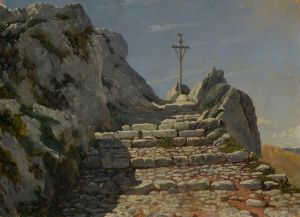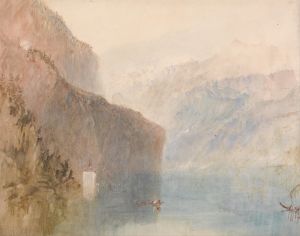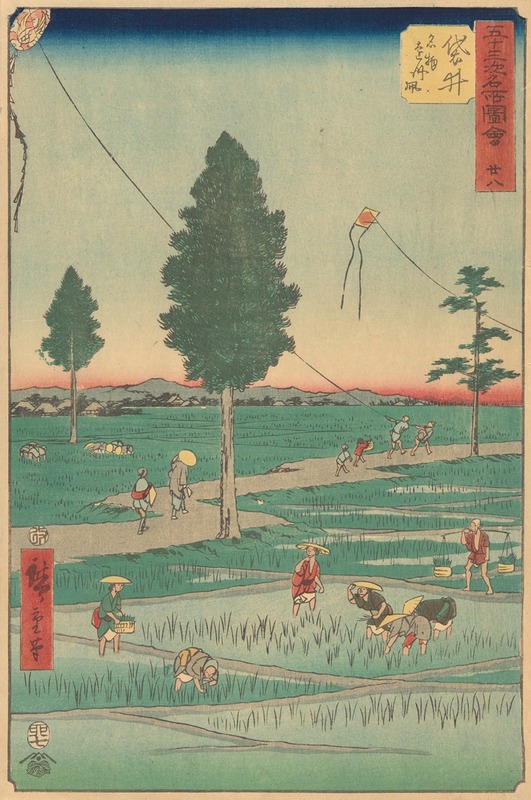
Fukuroi
A hand-painted replica of Andō Hiroshige’s masterpiece Fukuroi, meticulously crafted by professional artists to capture the true essence of the original. Each piece is created with museum-quality canvas and rare mineral pigments, carefully painted by experienced artists with delicate brushstrokes and rich, layered colors to perfectly recreate the texture of the original artwork. Unlike machine-printed reproductions, this hand-painted version brings the painting to life, infused with the artist’s emotions and skill in every stroke. Whether for personal collection or home decoration, it instantly elevates the artistic atmosphere of any space.
Andō Hiroshige, a renowned Japanese ukiyo-e artist of the Edo period, is celebrated for his landscape prints and his series "The Fifty-three Stations of the Tōkaidō." One of the prints in this series is "Fukuroi," which captures the essence of the Tōkaidō road, a vital route connecting Edo (modern-day Tokyo) with Kyoto. This series, created after Hiroshige's journey along the Tōkaidō in the early 1830s, is considered one of his masterpieces and a significant contribution to Japanese art.
The "Fukuroi" print is part of the Hoeido edition of "The Fifty-three Stations of the Tōkaidō," published around 1833-1834. This series consists of 55 prints, including the starting point at Nihonbashi in Edo and the ending point in Kyoto, with 53 stations in between. Each print depicts a specific station along the Tōkaidō, showcasing the unique characteristics and scenery of the location.
In "Fukuroi," Hiroshige illustrates the rural landscape and the daily life of travelers and locals. The print typically features travelers resting or passing through the station, with a backdrop of the natural environment. Hiroshige's use of color, perspective, and composition in this print exemplifies his ability to convey the atmosphere and mood of the scene, capturing the viewer's imagination and transporting them to the Edo period.
Hiroshige's work is known for its attention to detail and its ability to evoke a sense of place. In "Fukuroi," as in his other Tōkaidō prints, he employs a combination of traditional Japanese artistic techniques and Western influences, such as the use of linear perspective, which was relatively new to Japanese art at the time. This blend of styles contributes to the dynamic and engaging quality of his prints.
The Tōkaidō series, including "Fukuroi," was highly popular during Hiroshige's lifetime and remains influential today. It not only provides a visual record of the Tōkaidō road and its stations but also offers insight into the culture and society of the Edo period. Hiroshige's ability to capture the beauty and diversity of Japan's landscapes and people has made his work enduringly popular and respected in both Japan and the wider world.
Hiroshige's "Fukuroi" and the entire Tōkaidō series have been studied and admired by art historians and enthusiasts for their artistic merit and historical significance. The series has inspired numerous artists, including Western Impressionists such as Vincent van Gogh and Claude Monet, who were influenced by Hiroshige's innovative compositions and use of color.
Today, Hiroshige's prints, including "Fukuroi," are held in various museums and collections worldwide, where they continue to be appreciated for their artistic beauty and historical value. The prints serve as a testament to Hiroshige's skill as an artist and his ability to capture the spirit of a bygone era, offering viewers a glimpse into the world of Edo-period Japan.





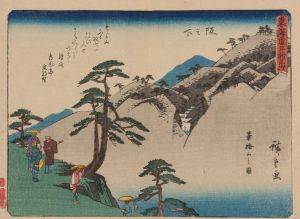
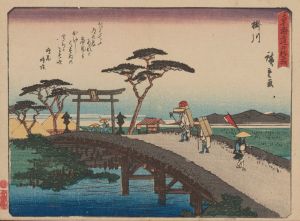
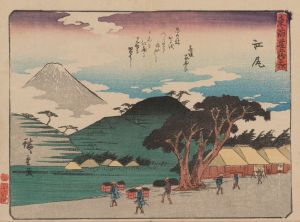
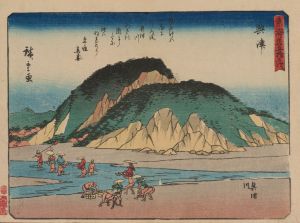
![Fujisawa; Yugyôji [temple name]](/imgs/213015/s/ando-hiroshige-fujisawa-yugyoji-temple-name-73299045.jpg)
